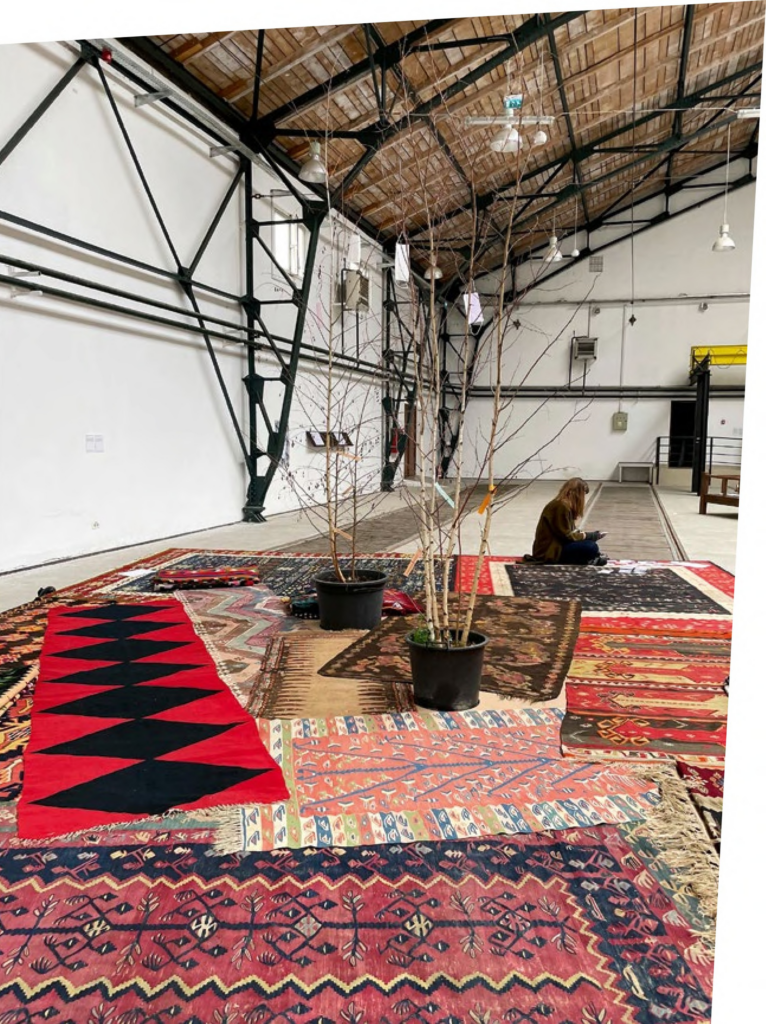Mona Vătămanu, born 1968 in Constanta, Romania, lives and works in Bucharest, Romania Florin Tudor, born 1974 in Geneva, Switzerland, lives and works in Bucharest, Romania
The Tree of Life / How Do We Read Signs We Cannot Understand?
2023 / Activations on February 20 and May 24, 2024
Working together for over two decades, Mona Vătămanu and Florin Tudor address the theme of history in films, installations, and performative actions that revisit ideologies, utopias, and grand modernist projects. Their collaborative work traces the impressions that past ideologies have left on architecture and living environments, which underlie the shifting conditions and injustices of the present. Defining their artistic process is an intellectual affinity with various critical thinkers, historians, and philosophers that connects their inquiries to broader cultural discourses and global concerns. Their work has recently been shown in the 5th Kyiv Biennial, Vienna (2023), the Kathmandu Triennale 2077 (2022), and the Baltic Triennial 14, Vilnius (2021).
The Tree of Life is an installation embodying what art can do at its best: create a space for reflection at the meeting point of different cultures and historical experiences. The artists refer to the installation as “the idea of a school under a tree.” Various kilims and woven rugs spread across the floor welcome visitors to sit and rest. Collected from different regions of the Balkans and Central and Western Asia, the rugs share a distinct iconography present in many cultures and geographies throughout time, the archaic motif of the “tree of life,” in which a central, majestic tree is portrayed as the source of vitality and nourishment. For example, a kilim, most likely from Dobruja, a region bordering the Black Sea, features an emblematic composition: Depicted upright, the tree trunk occupies the central part of the rug, with its emanating branches laden with birds and fruits, while stylized eyes of scorpions at the edges of the kilim ward off evil spirits.
Resonating with the function of a traditional majlis, the cultural and social space of community gatherings across the Arab peninsula, the installation is activated throughout the Biennale as a meeting point for conversations around ways of living together in a dire time of climate change and war. This series of events derives from a workshop conducted by the artists within the Biennale Encounters program, which explores the symbolism of the tree from an ecological perspective as well as the making of kilims, a textile tradition deeply connected to the livelihoods of nomadic communities.



